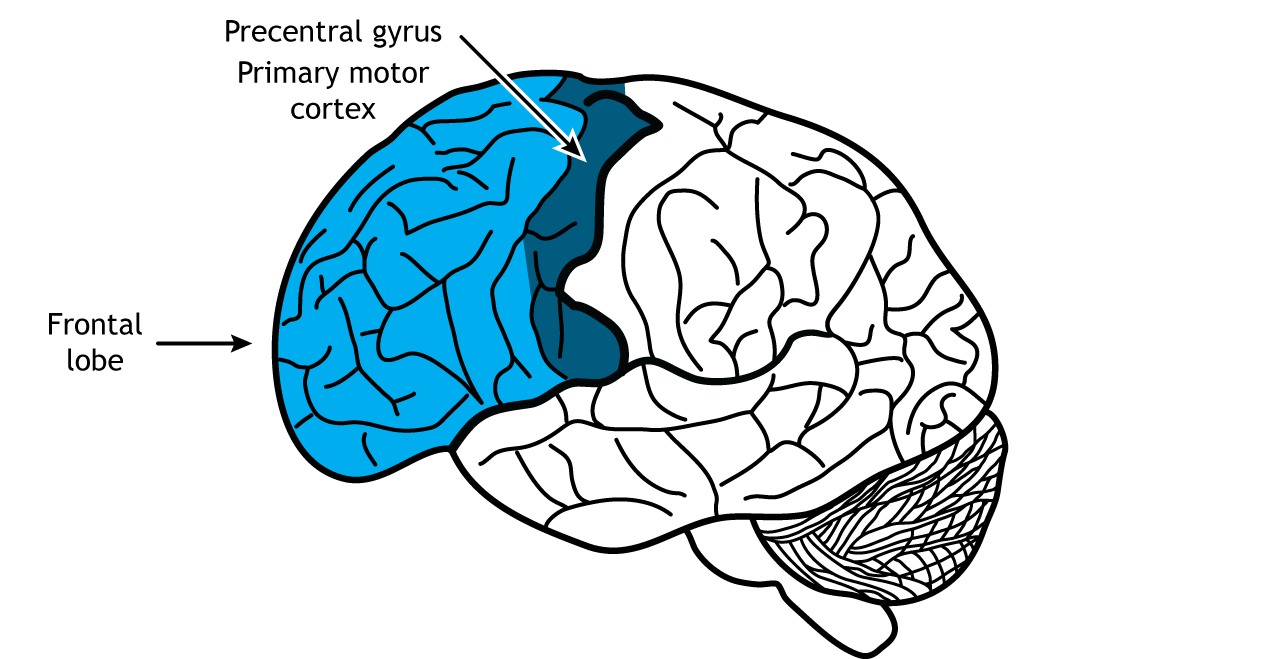


Sometimes, whether a tumor has any of these mutations determines the type of brain tumor that is diagnosed.įunctional neurologic status.The doctor will test how well a patient is able to function and carry out everyday activities by using a functional assessment scale, such as the Karnofsky Performance Scale (KPS), outlined below. These include: IDH1, IDH2, MGMT, and a 1p/19q co-deletion. Certain genetic mutations found in the tumor may help determine prognosis.

Some tumor locations cause more damage than others, and some tumors are harder to treat because of their location. A tumor can form in any part of the brain. Partial: Only part of the tumor was removed.īiopsy only: Only a small portion was removed and used for diagnostic tests. Subtotal: Large portions of the tumor were removed. Gross total: The entire tumor that could be seen was removed.

A patient’s prognosis is better when all of the tumor can be surgically removed. Residual refers to how much of the tumor remains in the body after surgery. For example, seizures and having symptoms for a long time are linked with a better prognosis.Įxtent of tumor residual. The symptoms a patient has and how long they last may also help determine prognosis. In general, a younger adult has a better prognosis. In adults, a person’s age and level of functioning, called functional status (see below), when diagnosed is one of the best ways to predict a patient’s prognosis. These tumors can grow and spread quickly.Īge. In addition, the tumor has both abnormal blood vessel growth and areas of dead tissue. In a grade IV tumor, cells in the tumor are actively dividing. These tumors are more likely to have rapidly dividing cells but no dead cells. These tumors are less likely to grow and spread but are more likely to come back after treatment. These tumors are slow growing and unlikely to spread. Specifically for glial tumors, the grade is determined by its features, as seen under a microscope, according to the following criteria: For most tumors, the lower the grade, the better the prognosis. Tumors with features generally linked with growing more quickly are given a higher grade. For example, doctors may consider whether the tumor cells are growing out of control or if there are a lot of dead cells. Grade describes certain features in the tumor that are linked with specific outcomes. These factors may also help determine your treatment options. Together, these factors will help your doctor understand how the tumor will likely behave. Tumor histology includes finding out the type of tumor, the grade, and additional molecular features that predict how quickly the tumor can grow. As outlined in the Diagnosis section, a sample of the tumor is removed for analysis. There are several factors that help doctors determine the appropriate brain tumor treatment plan and a patient's prognosis: To decide on the best treatment for a brain tumor, both the type and grade of the tumor must be determined. The grading system described below is always used instead because the specific features of a brain tumor determine how cancerous it is and how likely it is to grow. However, there is no recommended systemic staging system for adult brain tumors because most primary brain tumors do not usually spread beyond the central nervous system. Use the menu to see other pages.įor most other types of tumors in other parts of the body, a staging system is used to describe where a tumor is located, if or where it has spread, and whether it is affecting other parts of the body. You will also learn about the prognostic factors doctors use to help plan treatment. ON THIS PAGE: You will learn about how doctors describe a brain tumor’s growth or spread.


 0 kommentar(er)
0 kommentar(er)
